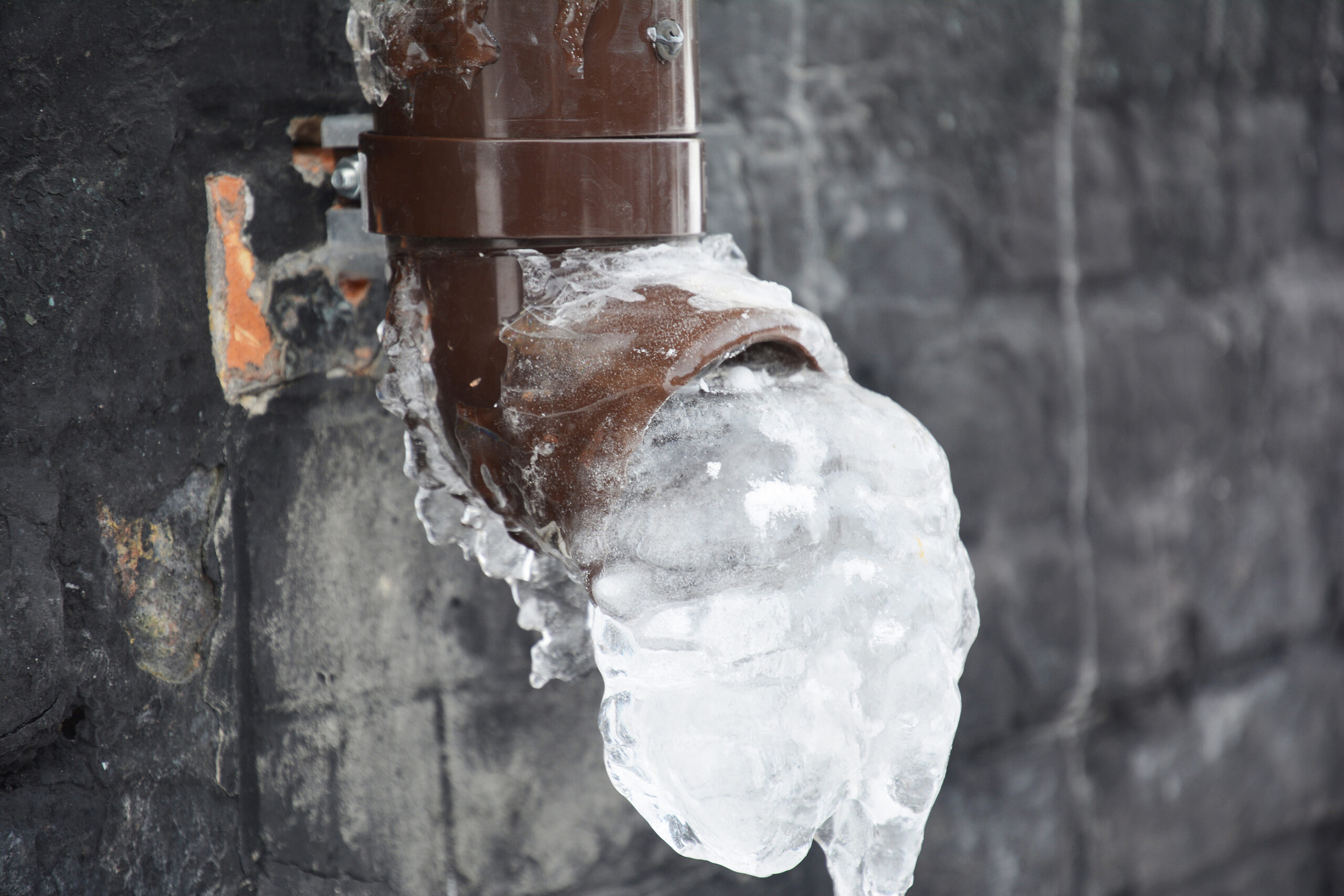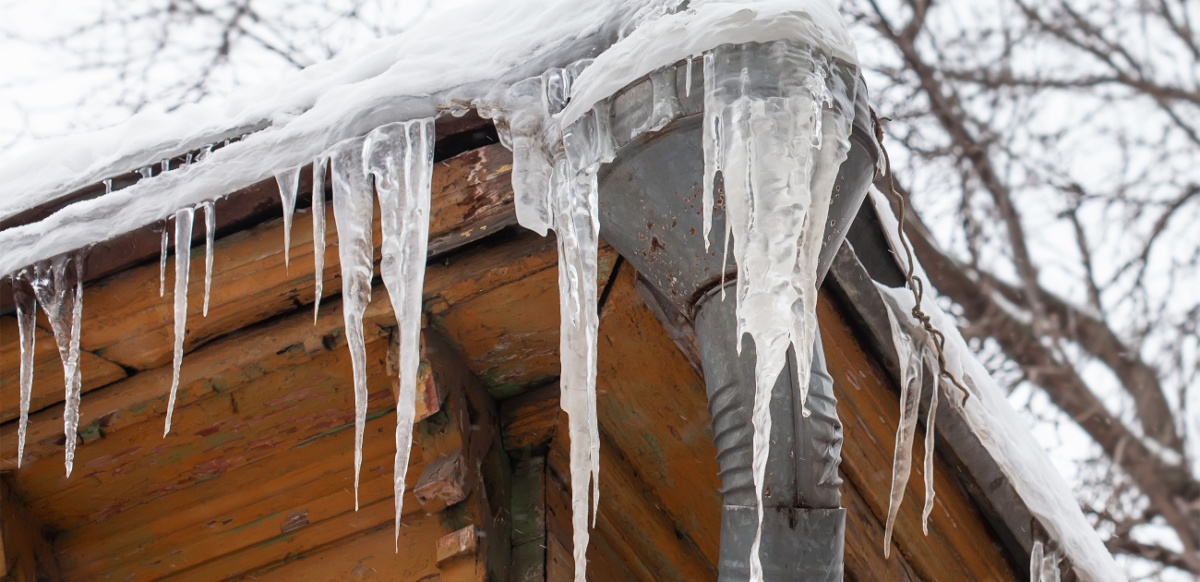How to Maintain Pipes from Freezing Issues: Important Advice
How to Maintain Pipes from Freezing Issues: Important Advice
Blog Article
What are your insights and beliefs about How to Prevent Your Pipes From Freezing?

Winter can wreak havoc on your plumbing, specifically by freezing pipelines. Below's just how to stop it from occurring and what to do if it does.
Introduction
As temperature levels drop, the risk of frozen pipelines boosts, possibly bring about pricey repairs and water damage. Understanding just how to stop icy pipelines is critical for homeowners in chilly climates.
Understanding Frozen Pipelines
What creates pipes to ice up?
Pipelines ice up when exposed to temperature levels below 32 ° F (0 ° C) for extended durations. As water inside the pipelines freezes, it expands, taxing the pipe walls and potentially creating them to rupture.
Risks and problems
Icy pipelines can bring about water disturbances, property damages, and expensive repairs. Ruptured pipelines can flood homes and create comprehensive structural damages.
Signs of Frozen Water Lines
Identifying frozen pipes early can avoid them from breaking.
Just how to recognize icy pipelines
Try to find decreased water circulation from faucets, uncommon smells or noises from pipelines, and noticeable frost on revealed pipes.
Prevention Tips
Shielding vulnerable pipes
Wrap pipes in insulation sleeves or use warm tape to shield them from freezing temperature levels. Concentrate on pipelines in unheated or exterior locations of the home.
Home heating methods
Keep interior areas properly heated, specifically locations with plumbing. Open closet doors to permit warm air to flow around pipes under sinks.
Shielding Outside Plumbing
Garden tubes and outside faucets
Detach and drain pipes garden pipes before winter months. Set up frost-proof faucets or cover outdoor taps with protected caps.
What to Do If Your Pipelines Freeze
Immediate actions to take
If you think icy pipelines, maintain faucets open to alleviate stress as the ice thaws. Utilize a hairdryer or towels taken in warm water to thaw pipelines gradually.
Long-Term Solutions
Architectural adjustments
Consider rerouting pipelines far from outside walls or unheated locations. Add added insulation to attics, basements, and crawl spaces.
Upgrading insulation
Buy high-grade insulation for pipelines, attics, and walls. Proper insulation assists preserve consistent temperature levels and minimizes the danger of icy pipes.
Verdict
Protecting against icy pipelines calls for proactive steps and fast reactions. By recognizing the causes, signs, and safety nets, home owners can safeguard their plumbing throughout cold weather.
5 Ways to Prevent Frozen Pipes
Drain Outdoor Faucets and Disconnect Hoses
First, close the shut-off valve that controls the flow of water in the pipe to your outdoor faucet. Then, head outside to disconnect and drain your hose and open the outdoor faucet to allow the water to completely drain out of the line. Turn off the faucet when done. Finally, head back to the shut-off valve and drain the remaining water inside the pipe into a bucket or container. Additionally, if you have a home irrigation system, you should consider hiring an expert to clear the system of water each year.
Insulate Pipes
One of the best and most cost-effective methods for preventing frozen water pipes is to wrap your pipes with insulation. This is especially important for areas in your home that aren’t exposed to heat, such as an attic. We suggest using foam sleeves, which can typically be found at your local hardware store.
Keep Heat Running at 65
Your pipes are located inside your walls, and the temperature there is much colder than the rest of the house. To prevent your pipes from freezing, The Insurance Information Institute suggests that you keep your home heated to at least 65 degrees, even when traveling. You may want to invest in smart devices that can keep an eye on the temperature in your home while you’re away.
Leave Water Dripping
Moving water — even a small trickle — can prevent ice from forming inside your pipes. When freezing temps are imminent, start a drip of water from all faucets that serve exposed pipes. Leaving a few faucets running will also help relieve pressure inside the pipes and help prevent a rupture if the water inside freezes.
Open Cupboard Doors
Warm your kitchen and bathroom pipes by opening cupboards and vanities. You should also leave your interior doors ajar to help warm air circulate evenly throughout your home.

As a passionate reader about How to prepare your home plumbing for winter weather, I think sharing that excerpt was a good idea. So long as you enjoyed reading our blog entry plz make sure you remember to pass it around. Thank you so much for taking the time to read it.
Free Estimates Report this page